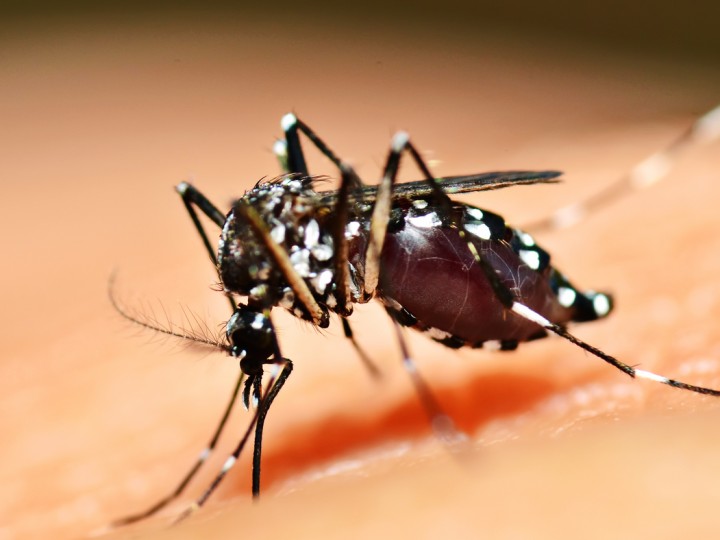On October 24, 2015 the World Health Organization (WHO) announced that red meat and processed meat is linked to colorectal cancer. This has caused an uproar among avid meat eaters and vegetarians the rights to “I told you so.” The WHO defines red meats as “all mammalian muscle meat, including, beef, veal, pork, lamb, mutton, horse, and goat.” And processed meat examples include “hot dogs (frankfurters), ham, sausages, corned beef, and biltong or beef jerky as well as canned-meat and meat-based preparations and sauces.” Any meat that has been “transformed through salting, curing, fermentation, smoking, or other processes to enhance flavor or improve preservation” is also included. This might cause a damper on your next family BBQ, but don’t expect to see many anti-meat commercials as you do anti-smoking and don’t expect those commercials to be paid for by the meat industry as anti-smoking commercials are.
The International Agency for Cancer Research (IARC) created this study is 2014 decided to study the health risks of meat as high-consumption has been linked to several serious diseases and because middle and low-economic countries has increased their meat consumption as well. This has been a difficult result because past studies have found that there are health benefits to the consumption of red meat. Many people brought their concerns to WHO and on October 29, 2015 WHO announced that, “Early next year IARC will meet to begin looking at the public health implications of the latest science and the place of processed meat and red meat within the context of an overall healthy diet.”
It has been known for quite some time that people should be limiting their meat consumption for health reasons due to links to high-blood pressure, obesity and even gout but this new study concludes that the IARC classified the red meat as “Group 2A, probably carcinogenic to humans” and “Group 1, carcinogenic to humans” for processed meats. These groups are classified from Group 1: carcinogenic to humans, to Group 4, not carcinogenic to humans. While the IARC says that although cigarettes and processed meat are in the same category, Group 1, they do not pose the same health risks. The way the IARC sees the two is a difference between risk and hazard. Despite substances being in the same category, the cancer risk associated with them may be different from one another. The IARC finds that the hazard of cancer associated with a substance is a matter of exposure while the risk measures the probability that cancer will occur. But Group 2 has its own subgroups known as A and B, this is a difference between possibly and probably. And red meat is probably carcinogenic to humans so red meat falls into subgroup 2A. So what does this mean for consumers of red meat? “Based on limited evidence that the consumption of red meat causes cancer in humans and strong mechanistic evidence supporting a carcinogenic effect.” From IARC’s website, their classifications are listed and under group 2A category, which they classified as red meat’s group, it states, “there is usually convincing evidence that the agent causes cancer in laboratory animals and some evidence that it could cause cancer in humans, but the evidence in humans is not conclusive” Therefore, meat eaters rejoice and vegetarians fight for the animals forced to eat red meat. Again, due to the public’s high concern about this study, IARC will begin to look at the implications of red meat and processed meat consumption in overall health.
You can find the World Health Organization’s Q & A at: http://www.who.int/features/qa/cancer-red meat/en/


